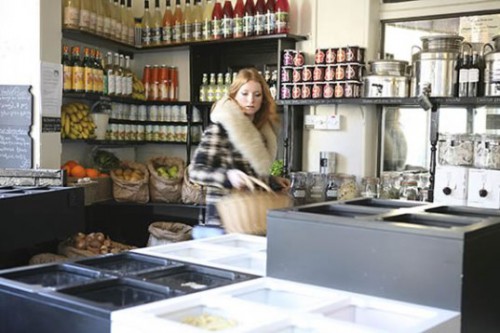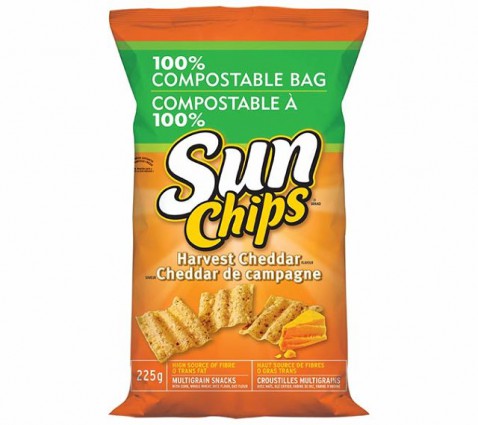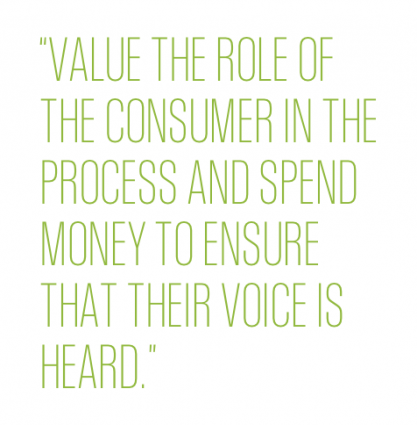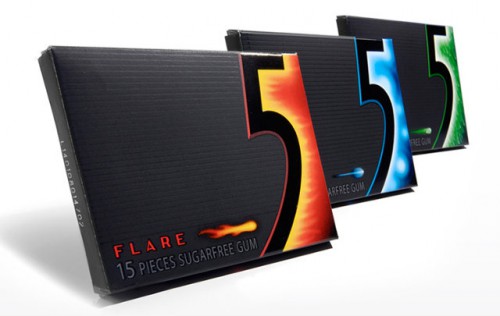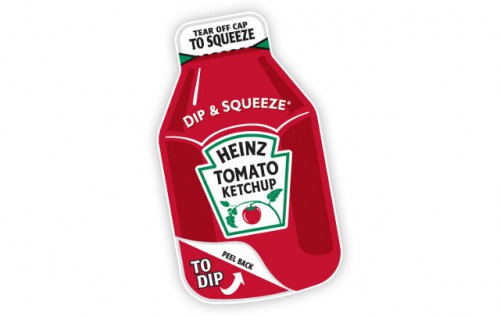When IKEA announced a slight change to its beloved Expedit shelves recently, consumers went ballistic. Stuart Leslie, of Fast Co. Design offers three tips to ensure good intentions don’t go horribly wrong.
There’s nothing that stops innovation faster in its tracks than a bad consumer experience. Many times these experiences are directly tied to the consumer’s interaction with the brand’s packaging. For example, brand teams may think they are doing something good (for the environment or for their consumers), but they may actually be doing damage to the brand. If the change negatively impacts the consumer’s experience, then your best intention has gone horribly wrong.
Here are just a few examples of good intentions that went wrong because the innovation was not properly tested and researched.
Bottled Water
Responding to consumer and industry demands to produce less waste, plastic bottles were made thinner. The result? The water oozed out and spilled when it was opened, which created a strong consumer backlash and cost millions of dollars to change bottle molds and retool.
Beverage Caps
Similarly, reducing cap sizes allowed for less plastic material, but made caps harder to grip and painful to open.
Snack Chip Bags
Introducing compostable bags made out of the plant-based PLA was a noble thing to do, until consumers rejected the package because it made too much noise when opening and consuming the product.
Child Resistant Lids
While being compliant and contributing to child safety, many medication bottles and household cleaners became too hard to open for the general population, causing them to switch brands that were easier to open/dispense.
The key to avoiding serious pitfalls like these is to respect the power of your packaging. Before making a change, you must apply due diligence to these three things:
First, before doing any creative work, get consumers involved in the development and testing of ideas to find out what they truly value. Put funds behind the right kind of consumer research because this truly is the genesis of great innovation. Value the role of the consumer in the process and spend money to ensure that their voice is heard.
A good way to do this is by getting groups of consumers to do trade-off exercises that encourage them to choose one feature over another. When people work this way in teams, they provide rationale for must-have features and will give a quick subjective read on what they truly value verses what they are willing to let go of without a fight. Client teams should also be present to observe these groups, so they can see first hand what consumers value. Asking open-ended questions simply provides a laundry list of ideas, not insights into what they truly value.
Second, manufacturing needs to understand what can and can’t be made with current equipment–and what the impact of modifying a line to run a new innovation will be in terms of both capital investment and line speeds.
Third, distribution within the retailer needs to be considered. How is the brand seen on the shelf? How does the retailer wish to improve shop-ability of a given category? For example, in an attempt to show off a product, a manufacturer of deli meats created a low-impact and low-contrast package believing that they were giving consumers what they wanted: The ability to see the entire product through the package. What actually happened, though, was the product virtually disappeared on shelf because it didn’t pop at all. Consumers couldn’t easily find it and, instead, picked up other brands.
Wrigley’s 5 Gum Slim Pack, which now used across all Wrigley brands, is an example of a product getting it right. The big insight uncovered was that gum is a reflection of self. It’s shared in complex social situations and it delivers a message about who we are, almost as much as the clothes we wear. Users wanted a well-designed product that also made them look good. This led to a design of a new one-handed, hook-locking mechanism and an orderly, compact package, that’s slender, and didn’t get smooshed when you put it in your pocket. The package delivered significant additional consumer value which reinvigorated the stick gum category and allowed for a retail price increase AND growth in sales ($500 million in sales five years after launch for the 5 brand alone).
Heinz Dip & Squeeze is another good example. Research uncovered that consumers didn’t see one single packet as a serving size, so they were grabbing several packets at a time. Once the equivalent of 3 packets was combined into one, it delivered on convenience, control of dispensing, and less mess with a dual functioning dispensing option and an iconic bottle shape that helps build brand equity and creates a halo effect around the brand. The old packets had zero value to a consumer, while the new Dip & Squeeze is a product that consumers are willing to pay for and are sold in grocery stores.
In the end, it always costs more to fix a problem in order to save the brand once something’s gone wrong. Remember, it’s faster and cheaper to go slow, invest more upfront, and obtain a clear understanding of the consumer to lay the proper foundation. Only then will your best intentions go right.
[via fast co. | design]
